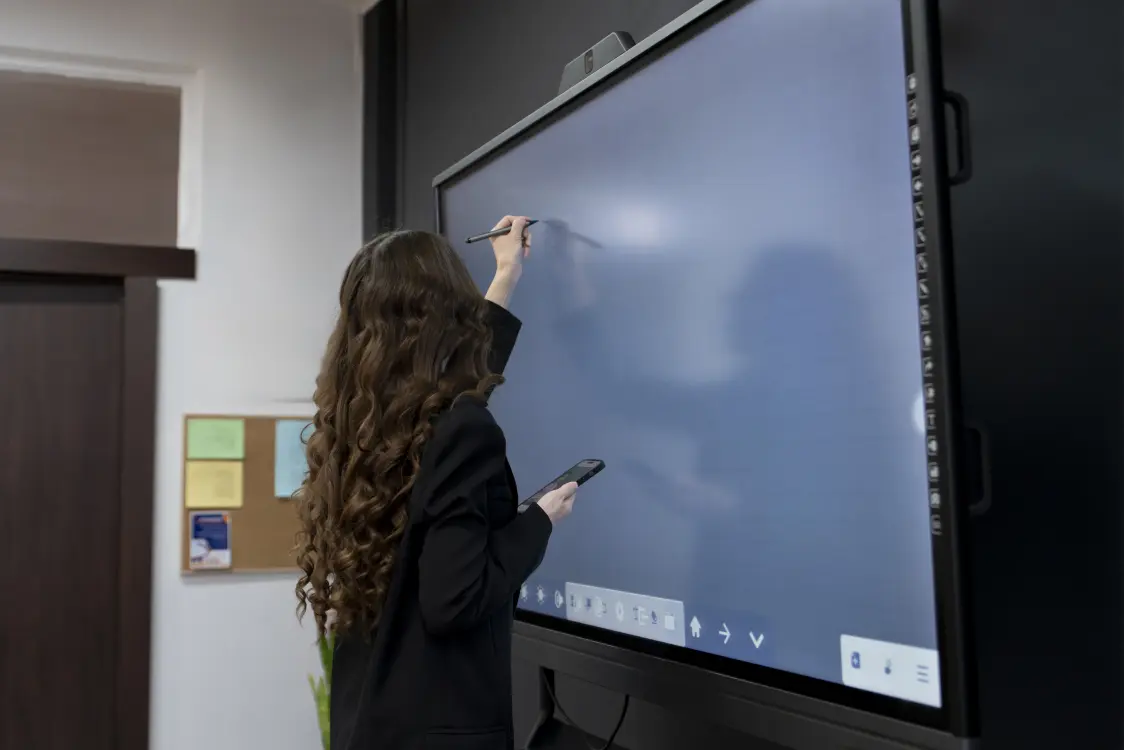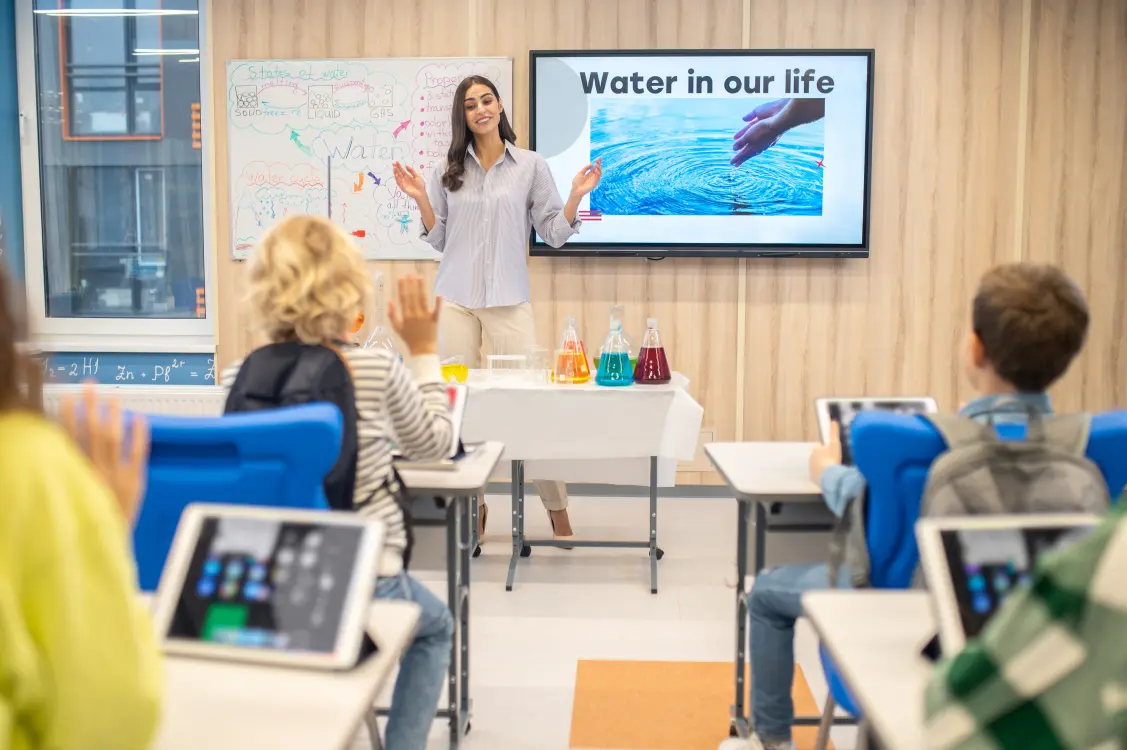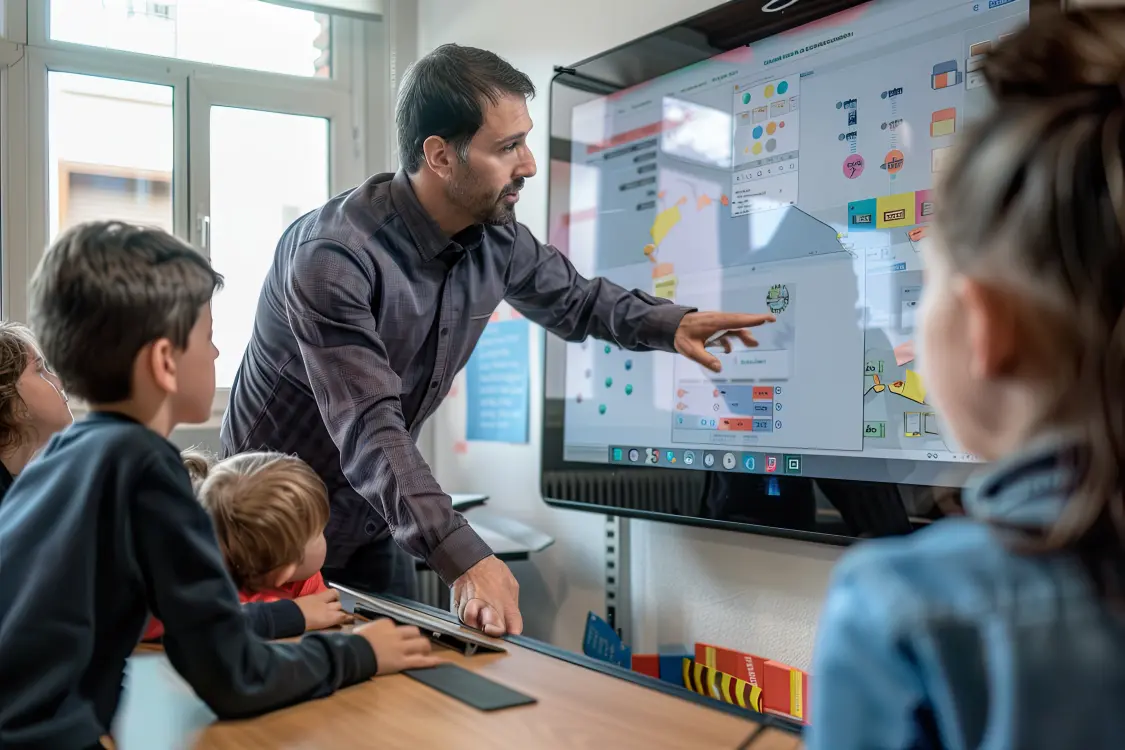Education is evolving rapidly, and
smart classrooms are at the forefront of this transformation. A
smart classroom integrates digital tools, interactive learning, and real-time collaboration to create an engaging and effective learning environment. With the rise of technology,
schools and universities are adopting
smart classroom solutions to enhance student engagement and improve academic performance.
Here are
10 reasons why smart classrooms are the future of education and why institutions should embrace this technology today.
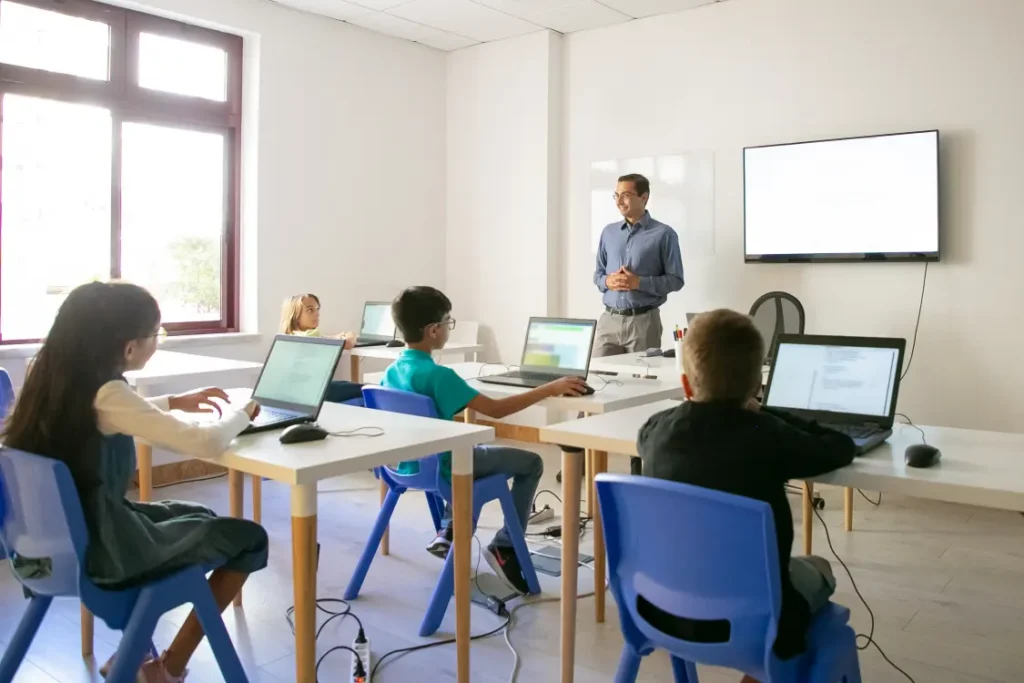
1. Interactive Learning Enhances Engagement
One of the biggest advantages of a
smart classroom is its ability to make learning more interactive. Traditional lectures can be monotonous, but with
smart technology, students can engage with digital whiteboards, touchscreen displays, and multimedia content. Interactive learning methods make subjects more interesting and help students retain information better.
2. Personalized Learning for Every Student
Every student has a unique learning style and pace.
Smart classrooms leverage AI-driven tools and adaptive learning systems to offer personalized education. Students can access lessons at their convenience, review recorded materials, and receive customized assessments based on their progress.
3. Real-Time Collaboration and Communication
Collaboration is a vital skill in the modern world, and
smart classrooms foster teamwork through digital platforms. Students can work together on projects, share ideas, and communicate with teachers instantly using cloud-based tools. This seamless interaction enhances both classroom and remote learning experiences.
4. Improved Assessment and Instant Feedback
Gone are the days of waiting weeks for test results.
Smart classrooms provide instant feedback through automated quizzes, digital assessments, and AI-powered grading systems. Teachers can track student progress in real time and adjust lesson plans accordingly.
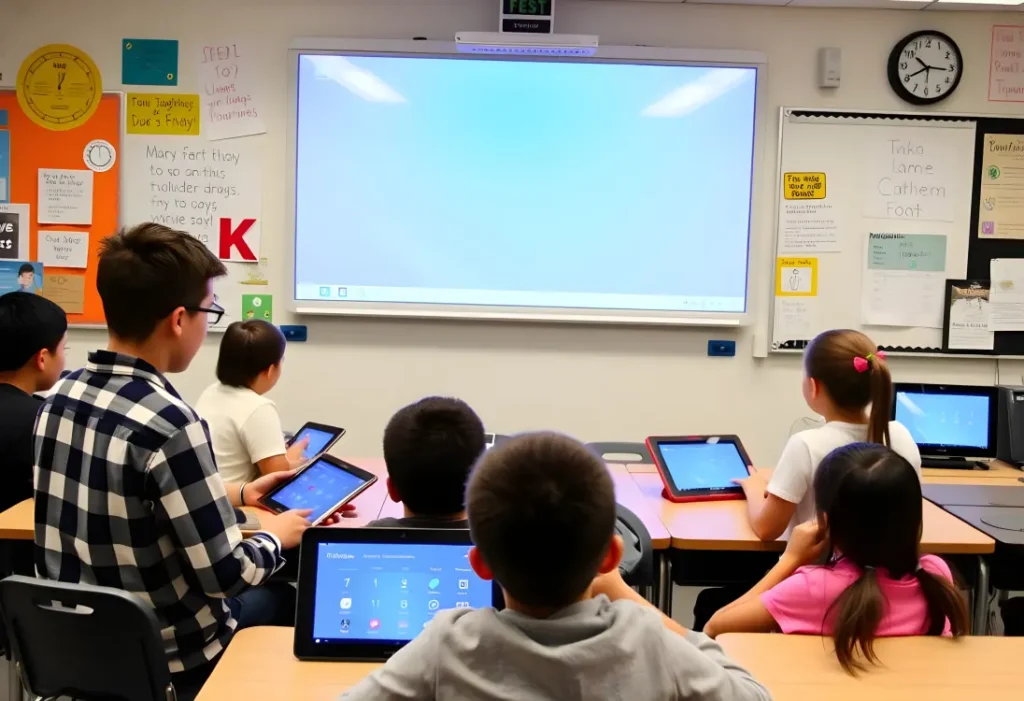
5. Access to a Vast Library of Digital Resources
A
smart classroom is not limited to textbooks. With digital integration, students have access to online libraries,
educational videos, and interactive simulations. This wealth of resources allows for a deeper understanding of subjects and encourages independent learning.
6. Smart Classrooms Bridge the Digital Divide
Technology is a crucial part of modern education, and
smart classrooms help bridge the digital gap among students. By providing access to tablets, e-learning software, and internet resources, schools can ensure that all students, regardless of background, receive high-quality education.
7. Increased Student Participation Through Gamification
Gamification is becoming a powerful tool in education.
Smart classrooms incorporate elements like
quizzes, leaderboards, and interactive challenges to make learning more fun. This approach boosts student motivation and encourages active participation in lessons.
8. Enhanced Accessibility for All Learners
A
smart classroom ensures accessibility for students with disabilities. Features like screen readers, voice-to-text software, and adjustable font sizes make learning materials more inclusive. Remote access options also allow students to join lessons from anywhere, making education more flexible.
9. Eco-Friendly and Cost-Effective Learning
Switching to a
smart classroom reduces the need for printed materials, making education more environmentally friendly. Digital assignments, cloud storage, and online resources minimize paper waste while cutting costs for schools and students.
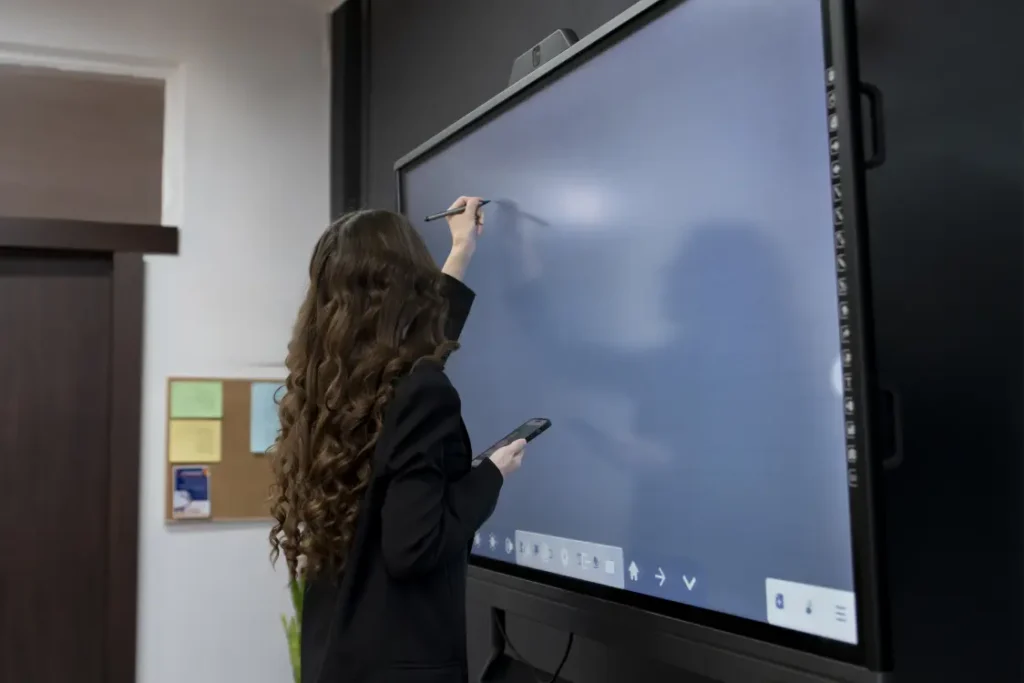
10. Preparing Students for the Future
As workplaces become increasingly digital, students must develop tech skills early.
Smart classrooms equip students with essential 21st-century skills like coding, digital collaboration, and data analysis. By integrating smart technology into education, schools prepare students for success in higher education and their future careers.
Conclusion
The future of education lies in
smart classrooms. With interactive learning, personalized education, real-time collaboration, and eco-friendly solutions,
smart classrooms offer a transformative approach to teaching. Schools that embrace this technology will not only enhance student engagement but also equip learners with the skills needed for a digital future.
As more institutions adopt
smart classroom technology, education will continue to evolve, ensuring that students receive a high-quality, modern, and effective learning experience. Now i



